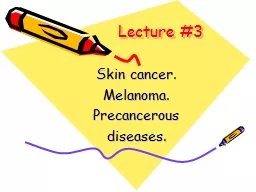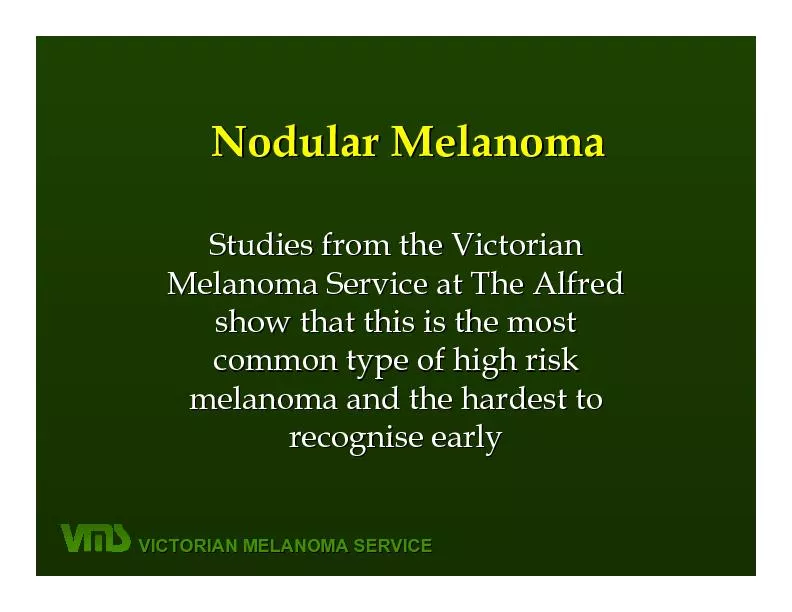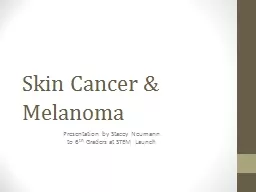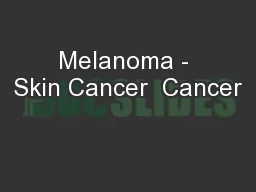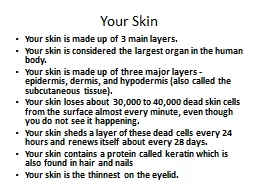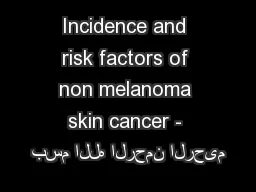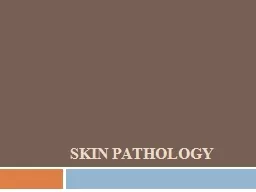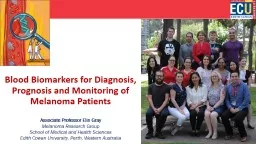PPT-Skin cancer. Melanoma.
Author : oneill | Published Date : 2022-06-11
Precancerous diseases Odessa National medical university С hair of Radiation Diagnostics Therapy and Oncology Head of chair prof Sokolov VN Head of Oncology
Presentation Embed Code
Download Presentation
Download Presentation The PPT/PDF document "Skin cancer. Melanoma." is the property of its rightful owner. Permission is granted to download and print the materials on this website for personal, non-commercial use only, and to display it on your personal computer provided you do not modify the materials and that you retain all copyright notices contained in the materials. By downloading content from our website, you accept the terms of this agreement.
Skin cancer. Melanoma.: Transcript
Download Rules Of Document
"Skin cancer. Melanoma."The content belongs to its owner. You may download and print it for personal use, without modification, and keep all copyright notices. By downloading, you agree to these terms.
Related Documents

